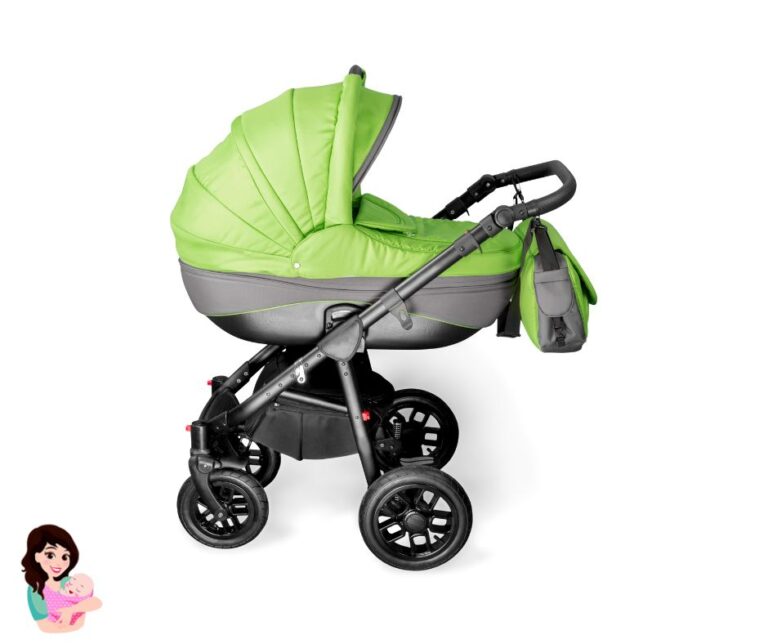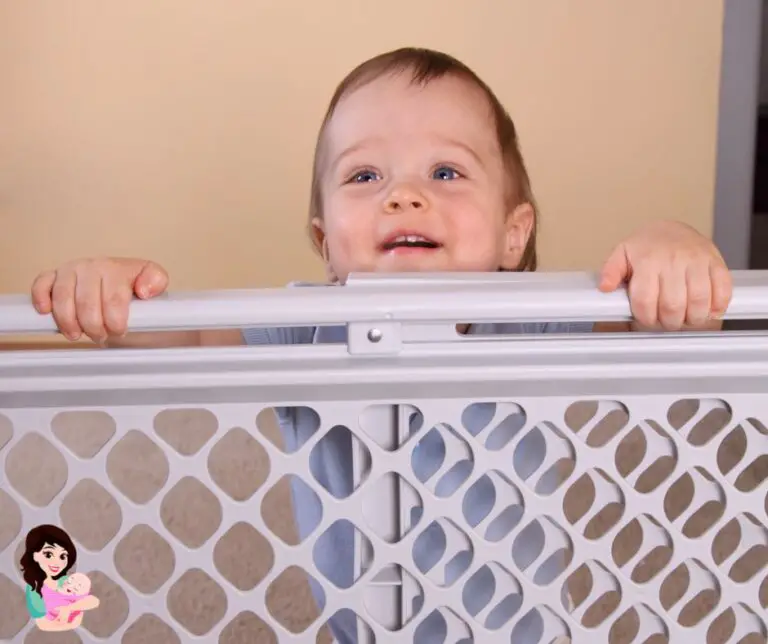
Head support is extremely important for infants in car seats. There is a height and weight restriction on the infant seat, which means that even if your infant fits into the seat, it doesn’t mean that they are big enough to not need head support.
This can be confusing for parents, especially when they are dealing with their first child. Here’s the scoop on when babies don’t need head support in car seats.
At about four months, your baby will be big enough for head support to be unnecessary in most car seats. When a baby is first born, it’s common for them to be given head support in the car seat.
This is because newborns are still developing their neck muscles and may need a little extra support while they’re being transported. But at 4 months old, you can ease up on head supports.
Why Is Head Support Important for Babies?
Babies are born with weak neck muscles, which means they can’t support their heads. That’s why it’s so important to use a car seat that has proper head support.
Babies’ necks are much weaker than those of adults and older children, and they don’t have the neck muscles to support their heads until around 4 months old. Even then, it takes time for babies to develop neck strength and coordination.
Therefore, it’s so important to use a car seat that has proper head support for your baby. A Baby’s first year is a time of rapid growth and development.
This means that they need to be provided with a safe environment that promotes their physical health and emotional well-being. The first few months of life can be challenging for newborns as they adjust to life outside the womb.
Their body systems are still developing, which means they may experience discomfort if they are exposed to certain stimuli or environments. One of the most common sources of discomfort for babies is head support, which is why it is important to get them all the support they need.
How to Build A Baby’s Head Control
If you have ever tried to get a baby to sit up and play, you know how hard it is for them. The muscles in their neck are weak, so they cannot support their head well. This can lead to frustration for both you and your baby as he tries repeatedly to sit up without success. The good news is that we can overcome this problem with some simple exercises that will strengthen those neck muscles.
1. Lean back
While lying on his back, have him turn his head towards you as far as he can go without moving his body. Then lean forward until your face is close to his and repeat the exercise several times. This helps develop strength in the neck muscles needed for sitting up.
2. Use a Boppy pillow or other support for tummy time
Your baby will want to put his head down on the floor when he lies on his tummy, but he can’t do that. So use something that supports his neck so he can prop it up and look around.
3. Cradle Hops
Stand behind your baby with him sitting on a stable surface (a table or countertop works well). Place one hand under his chin and another hand just above his forehead. Support his head with your hands and move him forward so that he is leaning over the edge of the surface. Then, pull him back until he is upright again.
Repeat this movement several times until you feel confident that he is secure in your arms. Be sure to support him fully through this exercise so that he feels safe and secure while moving his body into different positions. You can also try doing cradle hops while holding him in front of you by placing one hand under each thigh.
4. Keep them upright
Keep the baby in an upright position as much as possible during the day and when sleeping at night. This helps strengthen the neck muscles and get them used to sit up by themselves. Keep toys within reach so that your baby can grab them and play with them while in an upright position. Make sure you have plenty of pillows around for support when transitioning from sitting up to lying down so your baby can easily make the transition without falling over or needing assistance in doing so.
Tips for Using Head Support in the Car
Head support is designed to keep your little one’s head from flopping around while they sleep, which can help reduce pressure on their neck and spine.
Here are some tips for using head support in the car:
- Use the right size for your child. Most head supports are adjustable. Make sure it fits snugly against your child’s head without pulling their hair or cutting off circulation.
- Check it every time before going on a trip. Adjustments may need to be made if your child has grown taller or gained weight since you bought the product.
- Make sure it doesn’t interfere with buckling up or adjusting straps.
- Make sure that your child has a properly installed and adjusted car seat.
- Make sure that your child’s head is within range of the top of the headrest. If it’s not, you may need to adjust the harness straps or lower the back of the seat so that his or her head fits properly.
- The head support should be used at all times when traveling in a vehicle, even if you aren’t going very far or driving quickly. This will help protect against whiplash injuries during an accident.
- Use head support that is designed for your child’s age, height, and weight.
- Don’t use head support that is too big or too small for your child. If it doesn’t fit correctly, it’s not safe.
- Check whether the harness straps are too loose or too tight before using the head support with your child in it. This can affect their safety if they’re involved in an accident while using the device (or may even cause them discomfort.)
Final Word
So, if you’re a new parent and you’re confused about when to stop using head support in your infant’s car seat, there’s no need to worry. While some suggest that head control is developed at 8 months old in a baby, others report it might take longer for some babies. So it could be months before a baby has the strength and dexterity needed for the headrest to no longer be needed.

Hi, This is Emma Baster; As a mom, I spend my free time caring for my kids. I’ve read a lot on the Internet to improve my childcare skill and bring the best to my kids. Eruditemommy shares my knowledge and experience through helpful posts. I hope you enjoy them!






